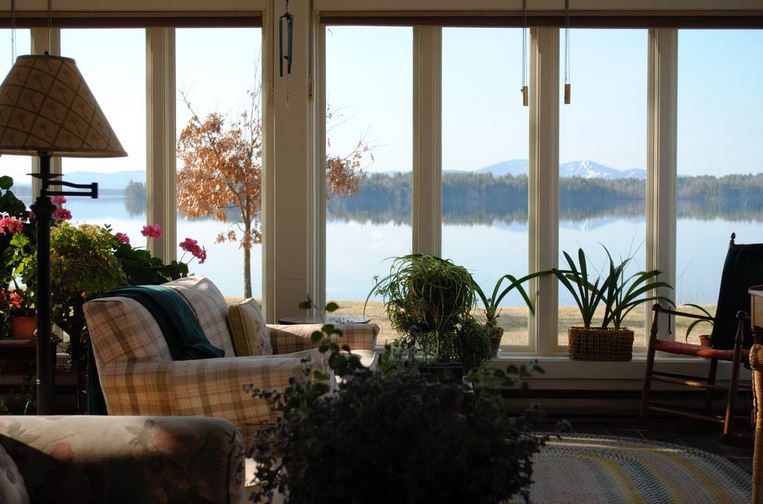There are many staging companies that either work independently or in partnership with a real estate firm. If you are in the process of selling your house and you plan on doing all the hard work, here are some of the most important things you need to know about staging:
What is Staging?
Let’s start from the beginning. What does staging mean? For starters, staging or staging design is a common practice in the real estate industry which means designing a house to the extent that it looks inviting and livable. The main concept is to decorate a property in a sense that potential buyers can picture themselves living in it.
Though we are using the word ‘decorating’, staging is altogether different. Decorating simply means designing the house based on an individual’s unique taste while staging is making the house enticing to a large pool of clients.
Why is Staging Important?
Interested buyers are not just looking at the architecture of the house. That is where staging comes in. Staging creates an emotional impact that deeply connects to potential buyers. Especially if your target clients are families, they normally base a huge percentage of their decision on how they ‘feel’ about the house. They should be able to picture themselves living and starting a life in it.
Aside from its emotional effect, the staging also increases the value of the property. In a study conducted by the National Association of Realtors, 44% of brokers say that staging increases the sale price or value of the house by 1% to 5%. This is because some buyers find it more convenient to move in into a fully furnished home rather than in a bare one.
When Do You Need to Stage?
Even if you signed up for the whole package of renovation or construction from a design-build firm, the story doesn’t stop there. Though these types of companies are considered as a one-stop-shop in the real estate world, their work is done after the property is completely built or restored.
So when do you need to stage? Generally speaking, staging a house is highly recommended if its total price value is at USD 600,000 or above. If your property is marked at USD 300,000 or below, then staging may not necessarily be needed because many will buy it regardless if it’s staged or not.
The length of time needed to stage is primarily based on the size of the house and the number of rooms in it. If you are working on your own home or an inhabited one, It normally takes a minimum of 5-10 hours or up to 2-3 days.
How Much Does it Cost to Stage?
The typical consultation fee of a professional stage designer ranges from USD500 to USD600 and around USD 125 per hour for their services after that. According to the National Association of Realtors, the cost of staging a house starts at least USD400.
Staging an occupied home with the help of a professional is cheaper than staging an empty one. The cost is normally a one-time amount of USD 800. This includes the cost of initial consultation, rearranging furniture, and completely cleaning the house. However, occupied houses still need rental furniture. The cost to redesign each room ranges from USD400 to USD700 with an additional monthly rental fee of USD500 – USD600 per month.
The price will also change whether you are going to use your existing furniture or rent new ones. Home staging furniture rental costs roughly USD 2,000 for a 2,000 square feet house. After this, you will need to pay the monthly rental fees that are normally between USD 2,000 and USD 2,400 per month. It is usually a lock-in 3-month rental period even if the property sells quickly
What Parts of the House Should I stage?

You always have the option to do the staging yourself and there are many ways to save money along the way. For example, instead of staging the whole house, you can focus on the main focal points of the property like the:
- Living Room
- Kitchen
- Dining Area
- Main Bedroom
- Patio
- Main Bath
- Children’s Room
Other Things that You Can Do
Decluttering your home can go a long way. If you are working on a budget and buying more décor is not practical, then you can start the staging process by removing all clutter from your home. Excess furniture or stuff distracts potential buyers and makes them focus on the clutter instead of the beauty of your home. Fewer belongings also mean more space which can be attractive to many clients. Other things that you can do are:
- Clean the windows
- Mow the lawn
- Trim overgrown plants
- Power wash the walkways
- Put a Welcome Mat
- Plant Flowers
- Place Indoor Plants
The whole staging process can cost money, but it should bring excitement rather than stress. By knowing the basics, you are armed with the right tools that can help you complete this journey.




